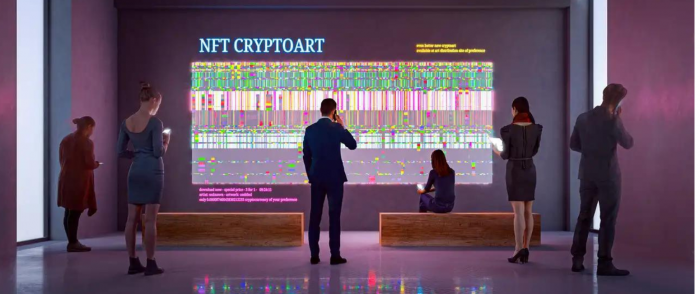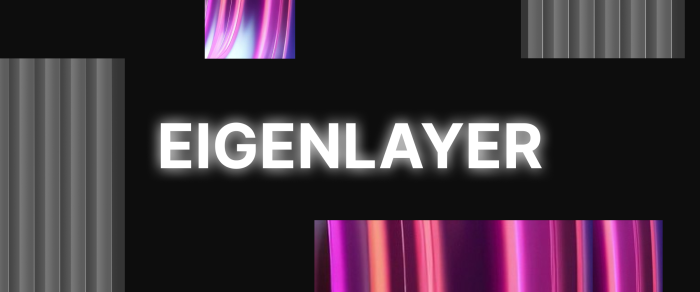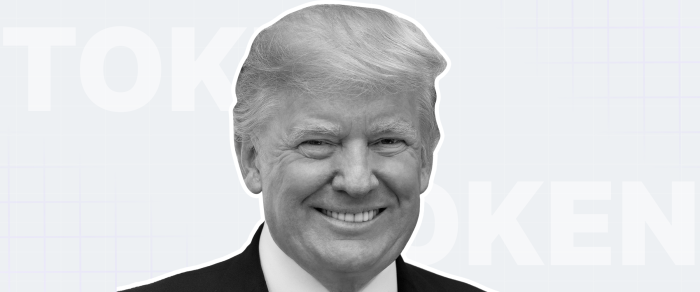Debate Rages Over Bitcoin’s Mission As Ordinal NFTs on Bitcoin Enter the Scene
Ordinals, an NFT (non-fungible token) protocol, went live on the Bitcoin mainnet, creating quite a stir in the cryptocurrency community.
Ordinals were designed by software developer Casey Rodarmor and may be characterized as a system of numbering satoshis (Bitcoin’s smallest unit) that can monitor and transfer satoshis individually and enable “inscriptions” or “digital assets” to be individually identifiable.
As Matt Fiebach from Blockworks Research explained, Ordinal NFTs utilize an accounting-like approach to identify separate (fungible) satoshis, making them non-fungible (differentiated) within this closed-loop system.
Similarly to standard NFTs, Ordinals are on-chain storage units for text, photos, SCG, or HTML that may be approved by a transaction – they can also be purchased, saved, and given.
They were achieved by exploiting a loophole in the Taproot update of 2021, which allowed for an almost unlimited amount of storage by using Opcodes, a text file executable script that is capable of storing arbitrary data.
According to Rodarmor, these digital objects are more secure than NFTs since they cannot be stored off-chain and on centralized servers with backdoor keys.
“Inscriptions are immutable and on-chain, on the oldest, most decentralized, most secure blockchain in the world,” stated Rodarmor. “They are not smart contracts and do not need to be examined individually to determine their properties. They are true digital artifacts.”
Divided Community
There has been much debate about Bitcoin’s mission ever since it was created, and not everyone in the crypto community is delighted with Ordinals.
Over the years, the Bitcoin community has been split on whether the blockchain should be used merely for recording transactional information or as data storage for a variety of applications.
Prior to Taproot’s update, Opcode had a limit of 80 MB, Fiebach noted.
He noted that many Bitcoin enthusiasts feel that block space is more appropriate for transmitting BTC and not for storage of data (or whatever reason you may have) since Bitcoin is supposed to be a decentralized electronic payment system. Other people might argue that increased demand for block space is a benefit for the long-term viability of network security.
What’s Good and What’s Bad
So, how likely is it that Bitcoin will become the next big thing for NFTs?
Bitcoin has the advantage of offering a low price for NFT purchases. Following the Segwit update in 2017, Bitcoin already includes heavily discounted eip-4844-style blob space, according to Eric Wall, a crypto researcher.
“That blob space is now being abused by taproot to make full-block (≤4mb) bitcoin NFTs 10x cheaper than ETH L1,” tweeted Wall.
There is, however, still a reason to be concerned.
Because Ordinals do not function on a distinct sidechain or protocol and instead reside on the Bitcoin mainnet, their widespread use would boost transaction volume, causing congestion and high charges.
According to analyst Ren Yu, while keeping a picture on Bitcoin is substantially cheaper than on Ethereum with op_codes, it is still much more costly to store data on the blockchain rather than on centralized storage systems.
If non-fungibles on Bitcoin became popular, and more users started putting photos on the blockchain using op_codes, transaction fees per block would skyrocket, and full nodes would be needed to process substantially more data, Yu Kong added.
According to him, in the long run, this will lead to increased equipment requirements for running a full node, which, in turn, will further centralize the network regarding chain conformations.



